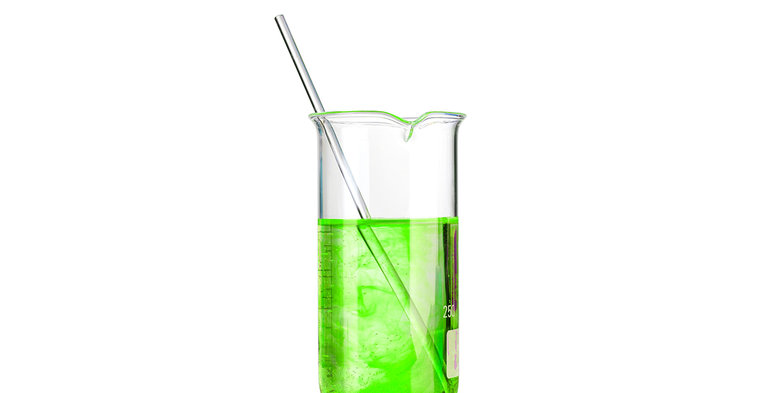Lucie Maisonneuve, Sandra Manceau, Marie-Laure Breton, Marie-Françoise Chirac,Cécile Taillebois, Alicia Roso, Céline Saure
2014, 28th IFSCC congress
Introduction
The cosmetics industry is more and more challenged to adopt a “responsible” attitude towards the environment and the safety of its users. Consequently, there is an increasing need for alternative ingredients to match these expectations. Our interest was to look into Heptyl Glucoside, a 100% bio-based and sustainable hydrotrope used in detergency1, in order to investigate its interest as a solubilizer into cosmetic formulations.
Indeed, many cosmetic products are water based. Fragrances and vitamin E are very common hydrophobic additives used to add a pleasant smell or a claim to formulas. Their introduction relies on solubilizers, which will incorporate these compounds into water-based formulas and achieve the obtaining of a homogeneous, one-phased product. However, the majority of solubilizers are ethoxylated chemicals and many natural alternatives are also foaming ingredients, which do not always suit formulas. Lastly, a high tolerance solubilizer is of interest.
Materials and methods
Evaluation of the surface active properties of Heptyl Glucoside: measure of surface tension in function of its concentration and Critical Micelle Concentration calculation, Ross Miles test for foaming power, wet disc method for wetting power
Evaluation of solubilizing power: trials on different essential oils (of different chemical composition), fragrances (from different olfactory groups) and DL-α Tocopherol (vitamin E). The clarity of trials was assessed with a turbimeter.
Evaluation of tolerance: eye tolerance with HET-CAM test model, an alternative test to Draize.
Discussion and conclusion
Compared with both natural origin and ethoxylated benchmarks, Heptyl Glucoside was able to outperform in solubilizing vitamin E and essential oils and fragrances. For example, with Tocopherol, the amount of solubilizer is divided by more than two compared with benchmarks. Its distinction from the natural reference came from the total absence of foaming power and a better eye tolerance. It also appeared to be a good substitute to ethoxylated compounds, thanks to its similar behavior.
Heptyl Glucoside, a product initially used for detergency, consequently also meets the requirements for a use in personal care. It offers new perspectives to solubilized hydrophobic components in non foaming products (such as tonic moisture mist, micellar waters, aqueous gels, etc) and enables to substitute ethoxylated compounds if needed. Its natural origin, biodegradability and its sustainability is coupled with an excellent eye tolerance at use levels, making possible the formulation of products that are respectful of the people and the planet.
Seppic, 22 Terrasse Bellini – Paris La Défense, 92806 Puteaux Cedex, France

